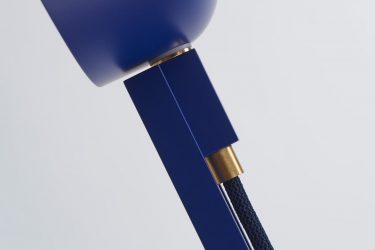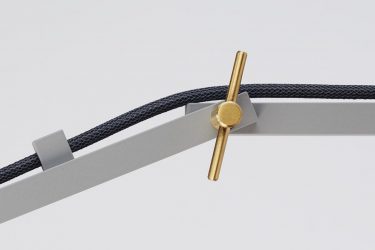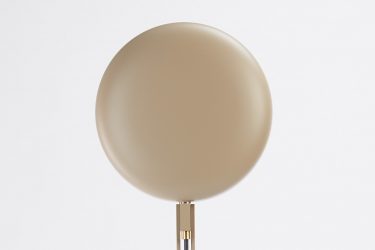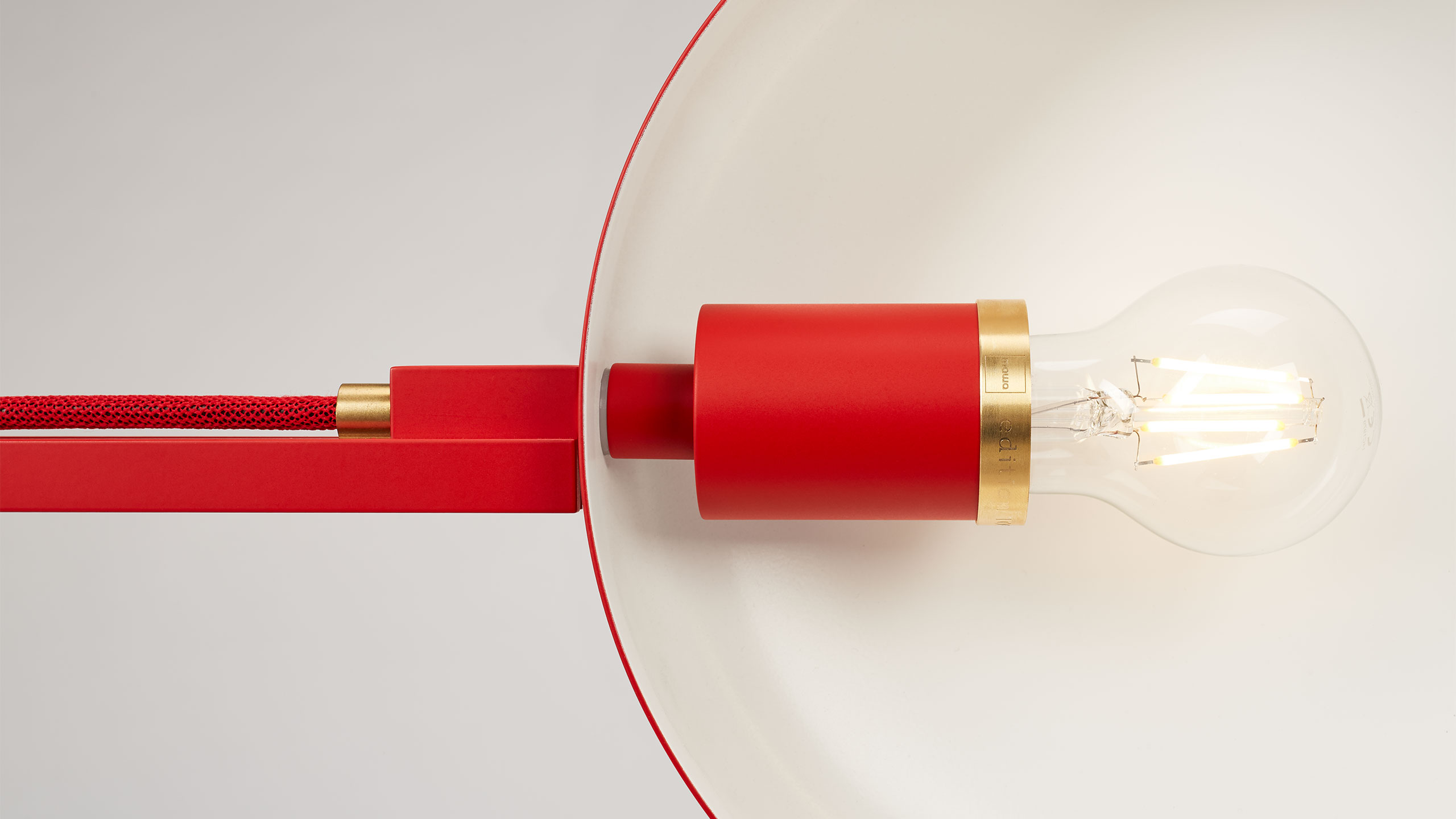
berliner bratpfanne® by Schliephacke
Created in 1959 by Fridtjof F. Schliephacke, the floor lamp berliner bratpfanne® has been reissued as a mawa colour edition on the occasion of its 60th anniversary.


The colour selection made by mawa was not based on the latest trends. It is oriented to classic modernism. Red and blue accentuate the room, while beige and grey remain modest.




Classical modernism is calling
Luminaires individually developed by mawa can be found in a number of iconic buildings of modern architecture, including the Dessau Masters’ Houses and Le Corbusier’s Unité d’Habitation. The monochrome luminaires of the mawa edition are inspired by these buildings: the power of their clear forms and harmonious colour compositions.
Original and Edition
The original floor lamp is made of aluminium, matt polished with a powder-coated shade in white aluminium and a matt black powder-coated cast iron base with steel cover. For the anniversary, the aluminium frame and cast steel base were powder-coated in four puristic colours: a light and airy grey, a friendly red, a modestly elegant beige and a dynamic blue.
Two aluminium poles are bolted at three points. The lower luminaire arm can be positioned upright or at an angle between the poles using grooves. The upper luminaire arm is locked in place with a wing screw. The reflector can be rotated 360°; the powder-coated base plate is made of cast iron.
Distinctive
The first 250 pieces of the schliephacke edition had a small special feature: an individually engraved brass ring on the light socket with the unique edition number. Now you will receive the lamp with brass ring without engraving.




On the inner side of the poles, there are spring-loaded, ball-shaped, pressure pins for adjusting the arm of the luminaire. In a vertical position, they keep the lower arm at a minimal distance to the poles for a tighter grip.
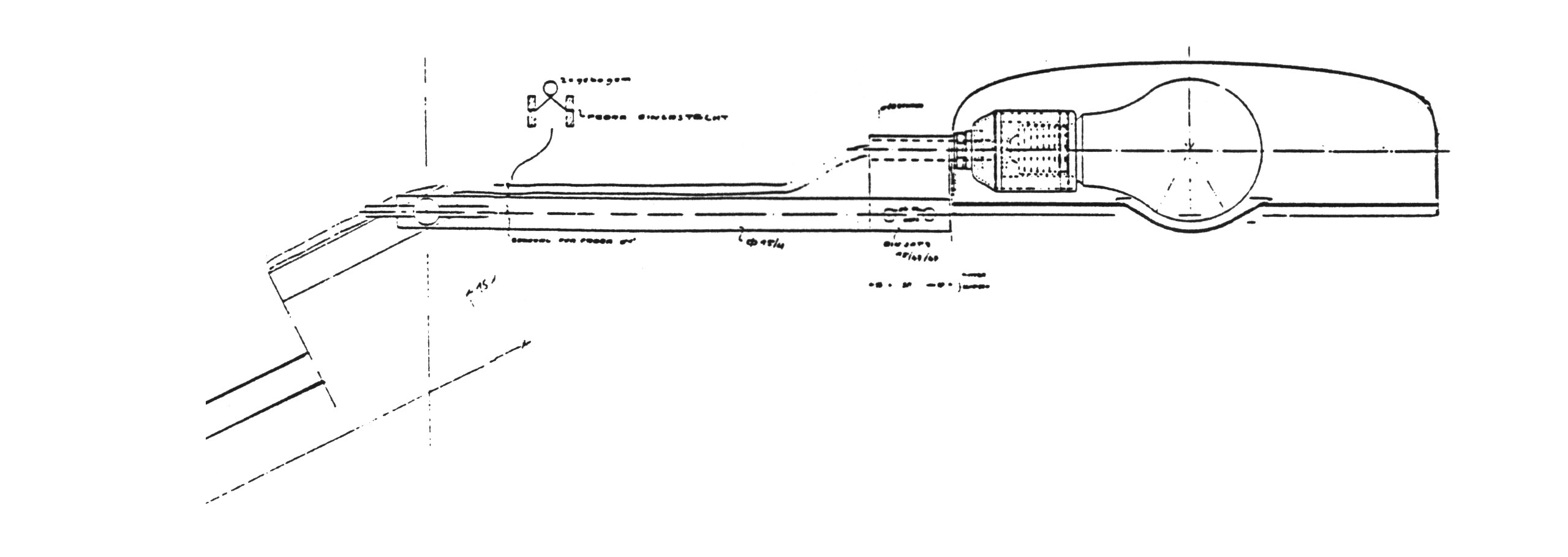
Nora Sobich in „Avantgarde Ihrer Zeit“, Jovis Verlag, Berlin, 2007In West Berlin artist and left-wing intellectual circles, a Schliephacke was a sign of recognition – comparable, if you will, to the black turtleneck of French existentialism.
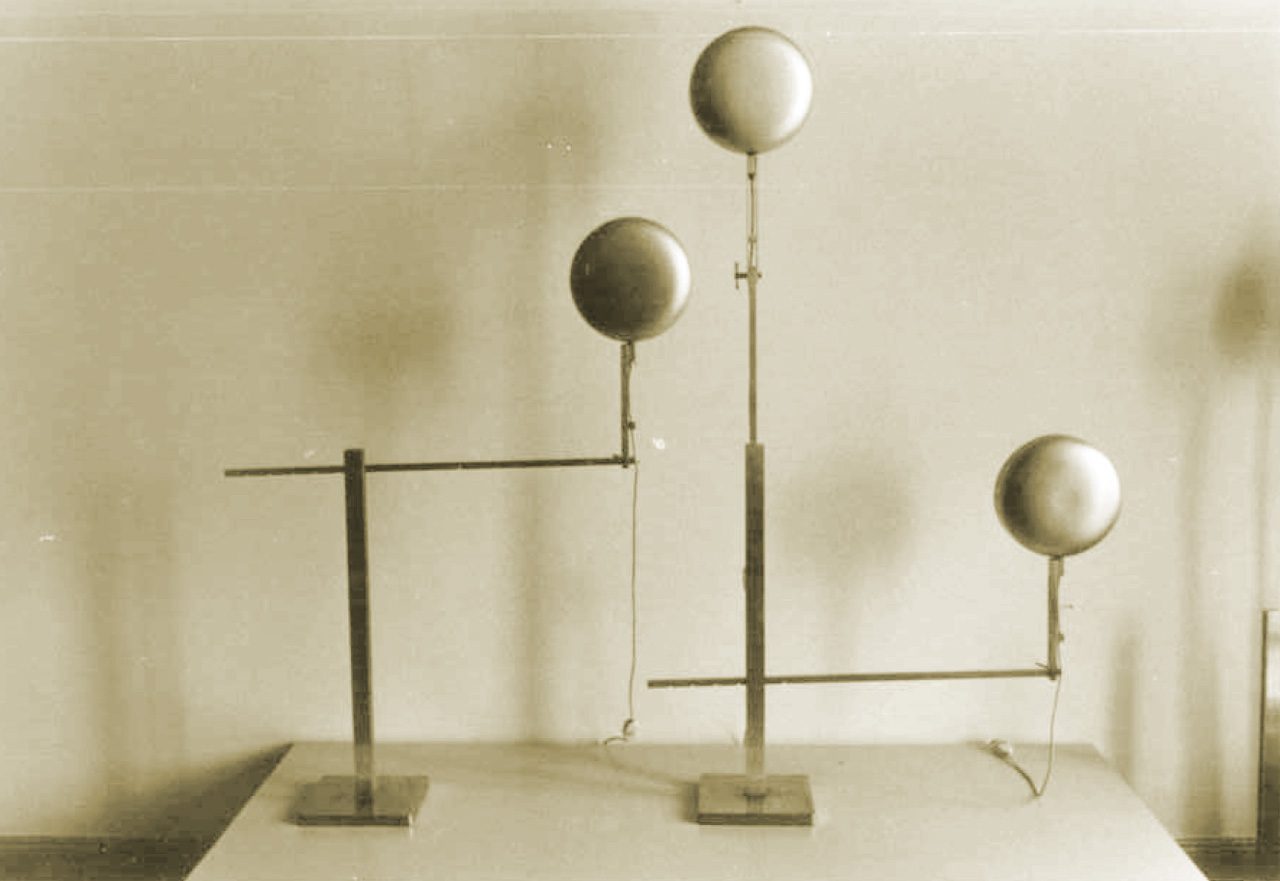
Exhibitions
1992
Vitra Design Collection,
Weil am Rhein
1997
Kunstgewerbemuseum,
Berlin
2000
Special version in the Chancellery,
Berlin (Architect: Axel Schultes)
2002
Grassi Museum for Applied Arts, Leipzig
One of Fridtjof F. Schliephacke’s teachers was Eduard Ludwig (1906-1960), one of the most influential Berlin furniture designers of the 1950s and a student of Ludwig Mies van der Rohe.



